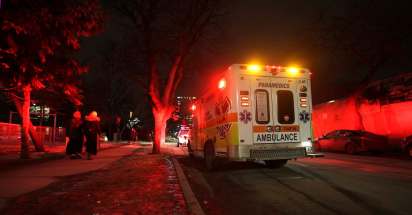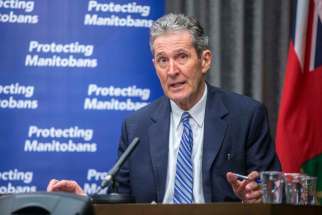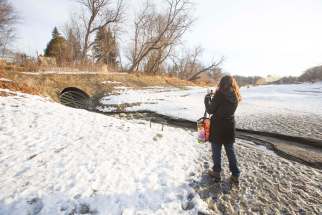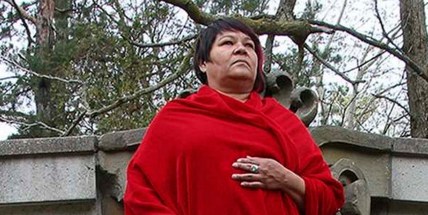Learning from testing, tracing mistakes
Read this article for free:
or
Already have an account? Log in here »
To continue reading, please subscribe:
Monthly Digital Subscription
$0 for the first 4 weeks*
- Enjoy unlimited reading on winnipegfreepress.com
- Read the E-Edition, our digital replica newspaper
- Access News Break, our award-winning app
- Play interactive puzzles
*No charge for 4 weeks then price increases to the regular rate of $19.00 plus GST every four weeks. Offer available to new and qualified returning subscribers only. Cancel any time.
Monthly Digital Subscription
$4.75/week*
- Enjoy unlimited reading on winnipegfreepress.com
- Read the E-Edition, our digital replica newspaper
- Access News Break, our award-winning app
- Play interactive puzzles
*Billed as $19 plus GST every four weeks. Cancel any time.
To continue reading, please subscribe:
Add Free Press access to your Brandon Sun subscription for only an additional
$1 for the first 4 weeks*
*Your next subscription payment will increase by $1.00 and you will be charged $16.99 plus GST for four weeks. After four weeks, your payment will increase to $23.99 plus GST every four weeks.
Read unlimited articles for free today:
or
Already have an account? Log in here »
Hey there, time traveller!
This article was published 23/02/2021 (1755 days ago), so information in it may no longer be current.
There is one costly error the Pallister government likely will not repeat as Manitoba tries to safely reopen the economy: it won’t again cheap out on COVID-19 testing and contact tracing.
Despite repeated calls last summer to beef up testing resources and increase the number of staff who track down close contacts of those infected with COVID-19, the province failed to act until October.
By then, it was too late: community transmission had taken a foothold and public health officials lost the ability to quickly track down cases. For weeks, Manitobans waited in long lineups to get swabbed, and testing still only numbered about 2,000 specimens a day — far short of the 3,000-4,000 needed to get cases back under control.

The consequences were dire. Hospitals were overrun with COVID-19 patients and the death toll soared. About 70 per cent of Manitoba’s 886 COVID-19 fatalities occurred in November and December.
Fiscal restraint and poor planning during a pandemic proved catastrophic.
Dr. Brent Roussin, chief provincial public health officer, didn’t come right out and say it, but he made it clear Monday the province plans to avoid a repeat.
Even though case numbers have been falling, Roussin said additional contact tracing resources have been secured to handle a sudden surge. “We’ve put things in place to be able to ramp up quite quickly, if we see even multiple times the cases we’re seeing right now.”
The failure to respond with adequate testing and contact tracing wasn’t the only reason for the explosion of cases and hospitalizations in fall 2020.
There were other factors, including the Pallister government’s initial refusal to limit socializing between households and its resistance to enforce mask use. Failure to wear a face covering in indoor public places wasn’t a finable offence until Nov. 18, more than a week after the province moved into code red restrictions.
The importance of widespread testing and contact tracing to fight a contagious disease such as COVID-19 is not a new concept. Identifying and quarantining infected people is considered one of the most effective tools to contain an outbreak.
Countries such as South Korea, Japan, and Taiwan, succeeded early on in the COVID-19 pandemic at controlling transmission through aggressive testing and contact tracing.
Manitoba largely ignored that evidence. When asked repeatedly in the summer and fall for details on its contact tracing efforts, government released little information.
Despite Roussin’s public commitment this week, the Pallister government still refuses to release regular data on contact tracing — including how long it takes public health officials to reach people who test positive.
Manitoba Health planned nearly two months ago to publish updated testing and contact tracing data on the provincial government website. However, it pulled the plug at the last minute, for reasons that still haven’t been adequately explained.
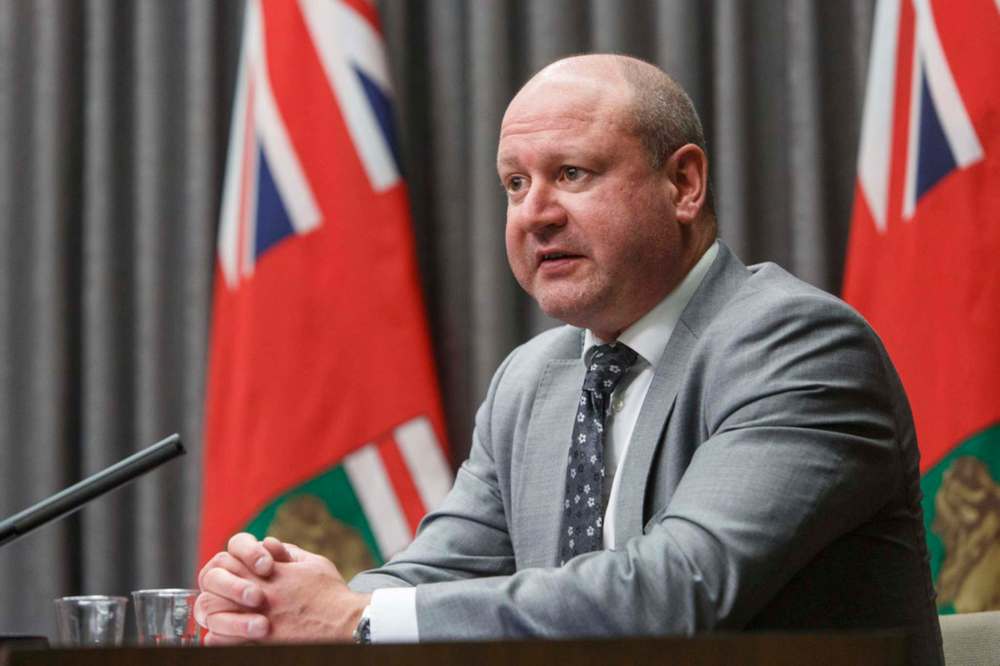
The province posted an eight-point list online in early January of what the data was supposed to include. It said there would be “graphs and charts” with “seven-day averages” to measure timelines in a number of areas, including how long it was taking to locate close contacts of those who tested positive.
However, those statistics were never posted.
When asked by the Free Press at the time, provincial officials said the charts and graphs were still “in development.” The list was posted “in error,” said officials, who promptly removed it.
A spokesperson for the department said last week the statistics are still not available.
If government wants to build public trust, it should publish that data. Manitobans have a right to see it.
Testing and contact tracing will be crucial over the next few months, if Manitoba wants to avoid yet another shutdown. It’s important for government to not only increase resources, but also to be open and transparent about operations.
tom.brodbeck@freepress.mb.ca

Tom has been covering Manitoba politics since the early 1990s and joined the Winnipeg Free Press news team in 2019.
Our newsroom depends on a growing audience of readers to power our journalism. If you are not a paid reader, please consider becoming a subscriber.
Our newsroom depends on its audience of readers to power our journalism. Thank you for your support.

